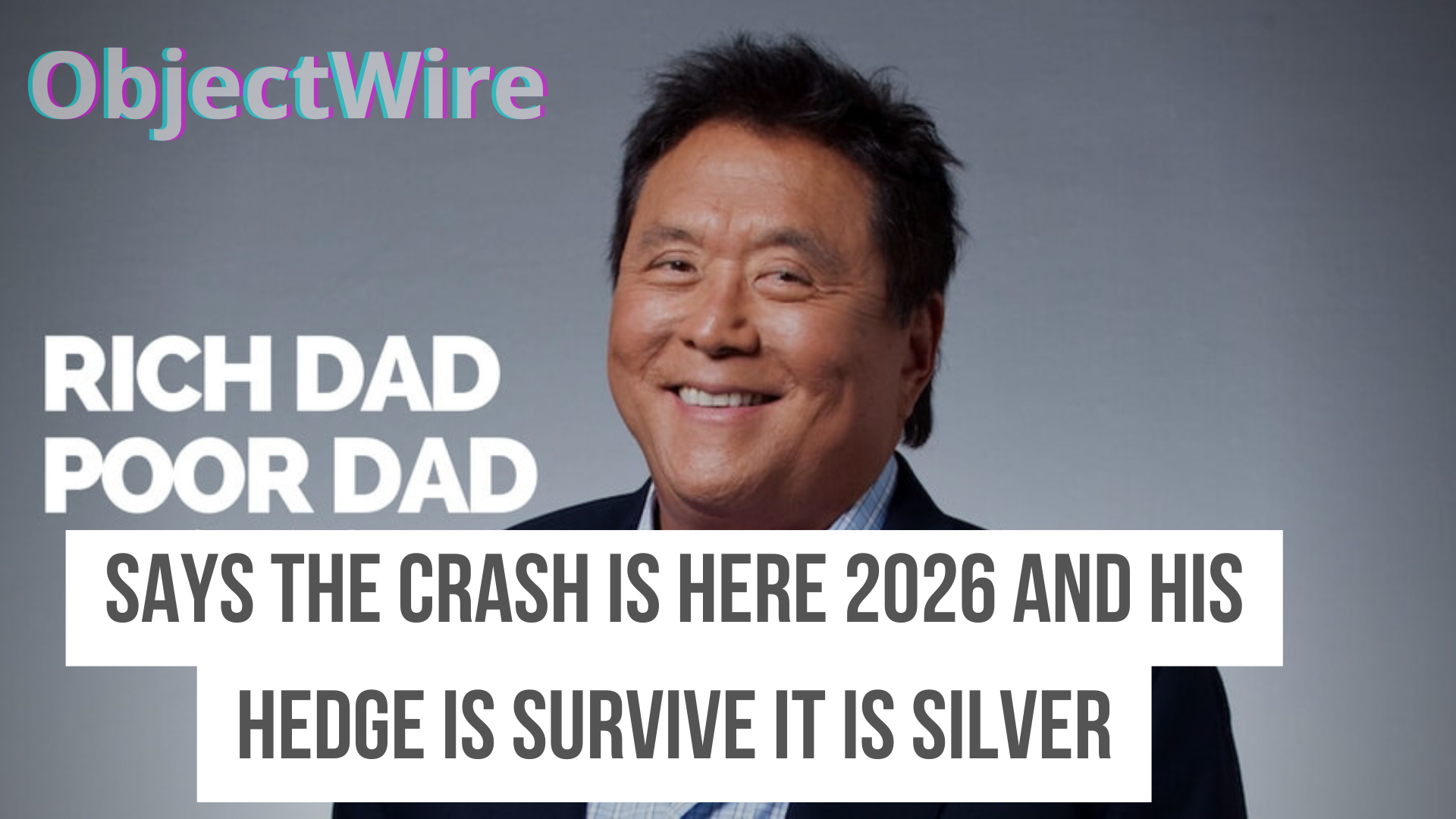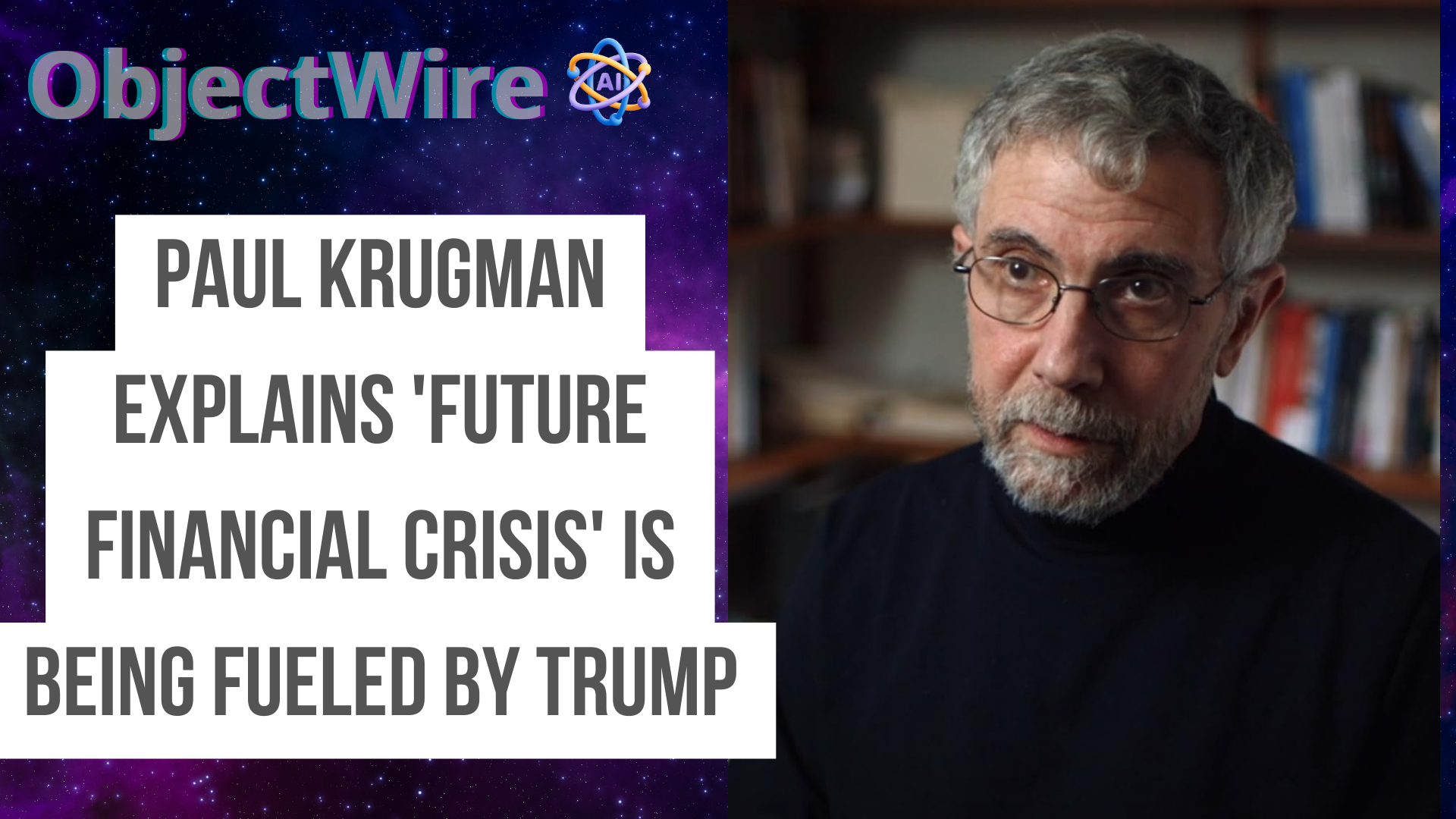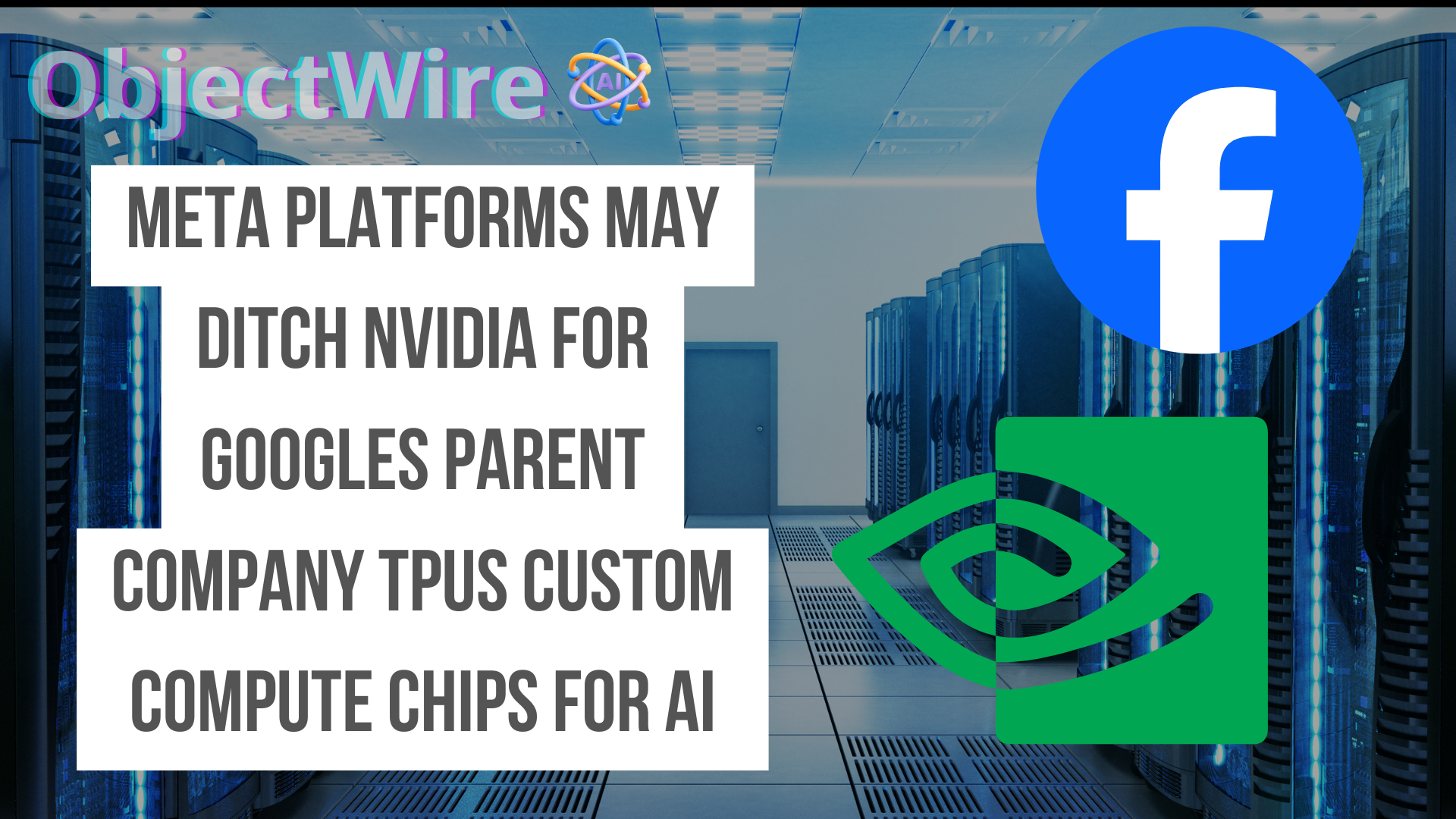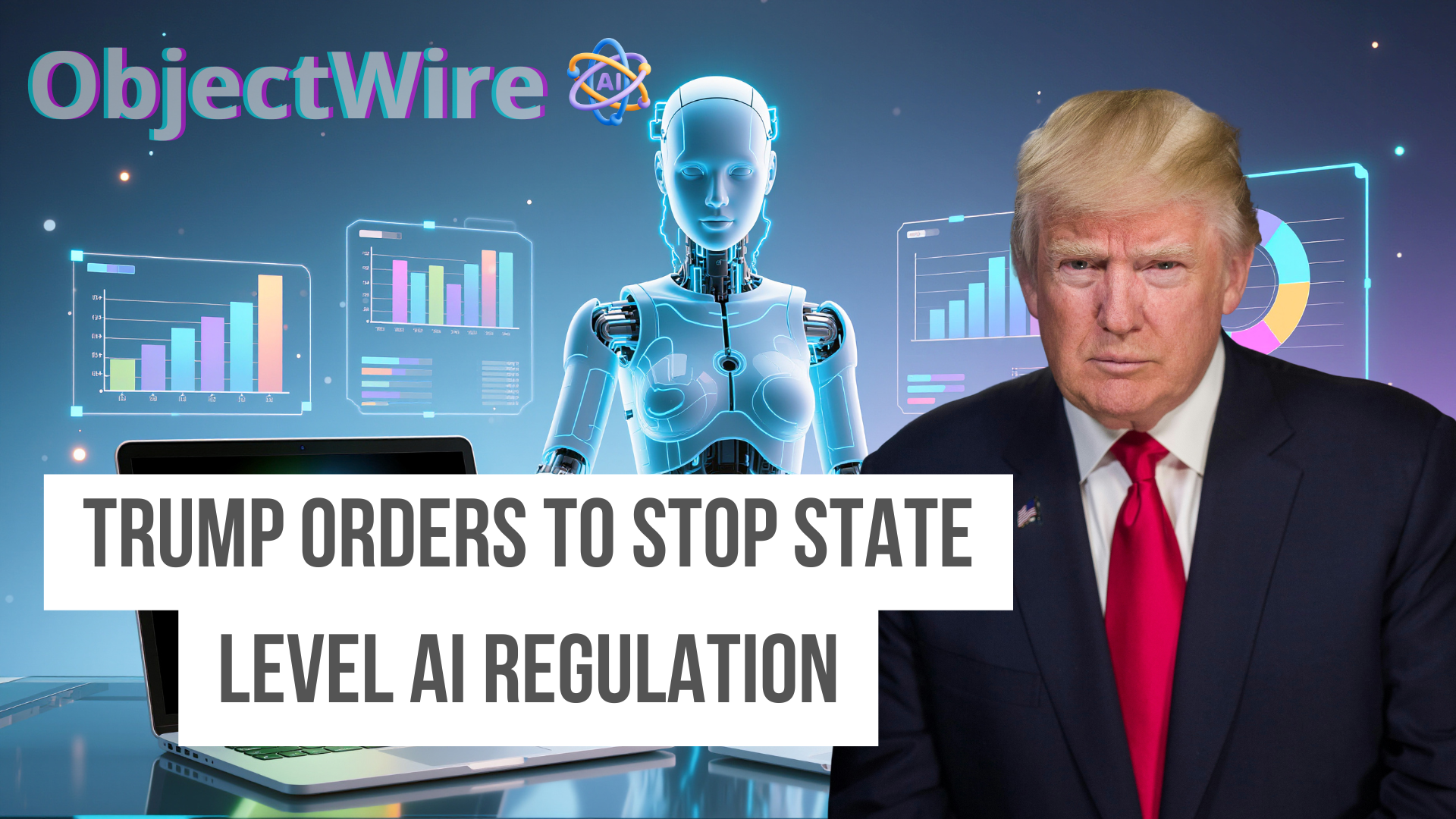Project Stargate Announced and Trump Raises $3 Trillion First Day in Office.
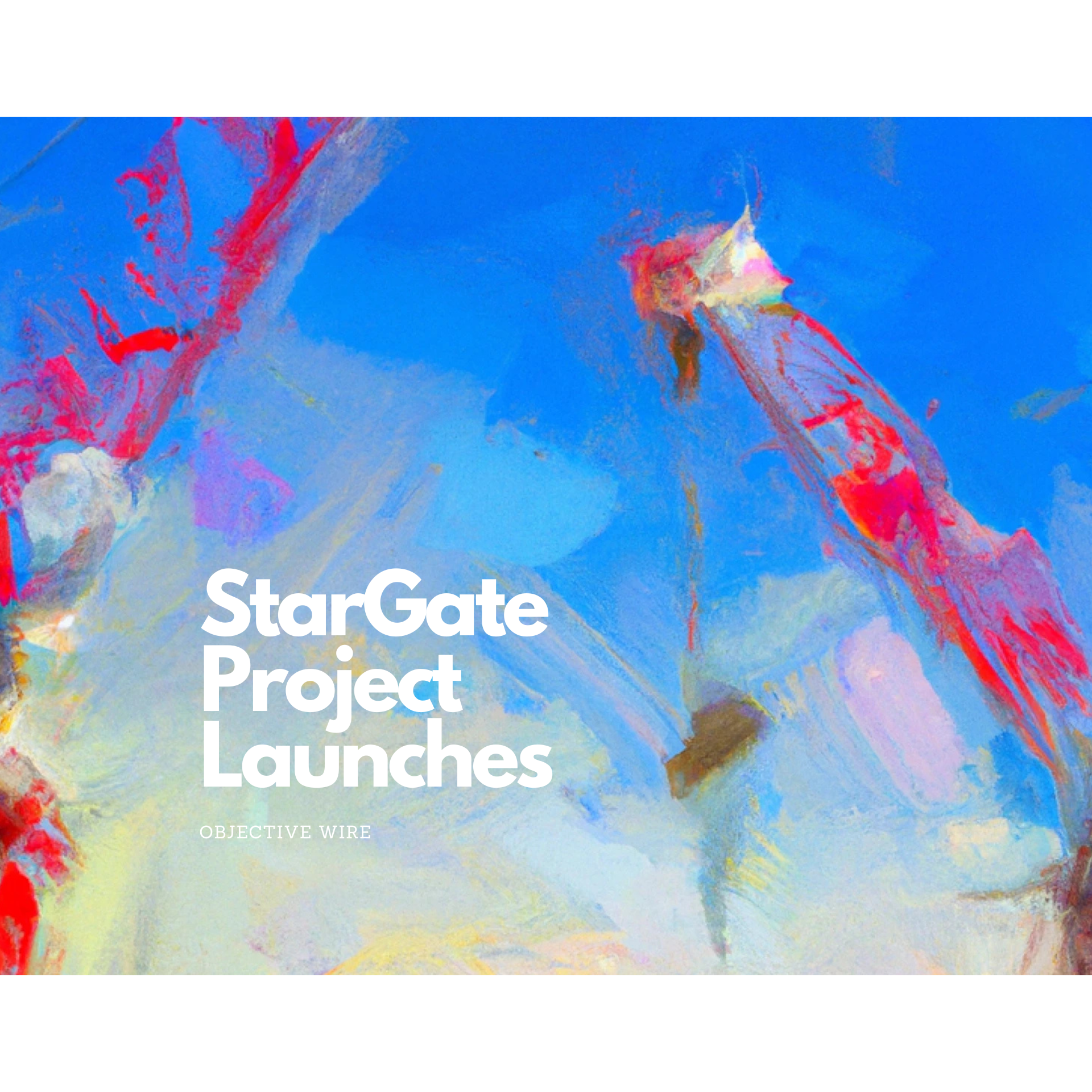
Donald Trump has claimed to have secured nearly $3 trillion in new investments for the United States, with projections suggesting this amount might increase to $6 or $7 trillion by the end of the week following his inauguration on January 21, 2025. See Clip ->>>>>
This announcement was made during his first business day in Washington, highlighting a significant influx of capital into the U.S. economy.
However, specific details about the nature of these investments, and their sources have yet to be determied. However what we do know to be fact is what he additionally He announced...
500 billion AI Infrastructure Project.
What is StarGate Project?
The "$500 billion AI Infrastructure Project" refers to "Project Stargate," a massive private-sector initiative announced by President Donald Trump on January 21, 2025. Here are the key points about this project:
The joint venture includes OpenAI, SoftBank, and Oracle, with additional technology partners like Microsoft, NVIDIA, and Arm.
StarGate Investment:
The project begins with an initial investment of $100 billion, with plans to expand up to $500 billion over the next four years.
The Objective of Stargate Project:
To create the largest AI infrastructure project in history, focusing on building the physical and virtual infrastructure necessary for next-generation AI advancements in the United States.
Notice how Zuck was left out...
Stargate Project in Texas
Construction of data centers is already underway in Texas, with Abilene being the first site. Plans include expanding to 20 locations across the U.S.
The project aims to secure American leadership in AI, create hundreds of thousands of jobs, and generate significant economic benefits globally. It also focuses on national security and re-industrialization of the U.S.
Trump stated this venture would create over 100,000 American jobs almost immediately.
Sam Altman from OpenAI, Masayoshi Son from SoftBank, and Larry Ellison from Oracle all expressed enthusiasm about the project, crediting Trump's administration for making it possible. They highlighted potential applications in healthcare, like curing diseases at an unprecedented rate through AI analysis of electronic health records.
- Geopolitical Strategy: This investment is seen as part of a broader strategy to keep AI development in the U.S., countering competition from countries like China.
- Economic and Social Impact: The project has been described as a "resounding declaration of confidence in America's potential," promising to usher in a "golden age" for technology in the U.S.
Understanding the Skepticism and Haters Context 🧢
While the announcement has been met with optimism, there's historical precedent for such large-scale projects under Trump's administration (like the Foxconn deal) not fully delivering on initial promises. The success of this initiative will depend on its execution over time.
Web results and posts on X have covered this extensively, with sentiments ranging from excitement about potential technological and economic growth to skepticism regarding the actual outcomes of such ambitious projects.
This project represents a significant commitment to AI infrastructure in the U.S., aiming to leverage private sector investment to advance technological capabilities, job creation, and national security. However, its long-term impact remains to be seen.
In total, before the end of my first full business day in Washington and the White House, we've already secured nearly $3 trillion of new investments in the United States. And probably, that's going to be six or seven by the end of the week. pic.twitter.com/O8e0AZYxGJ
— President Donald J. Trump (@POTUS) January 22, 2025

